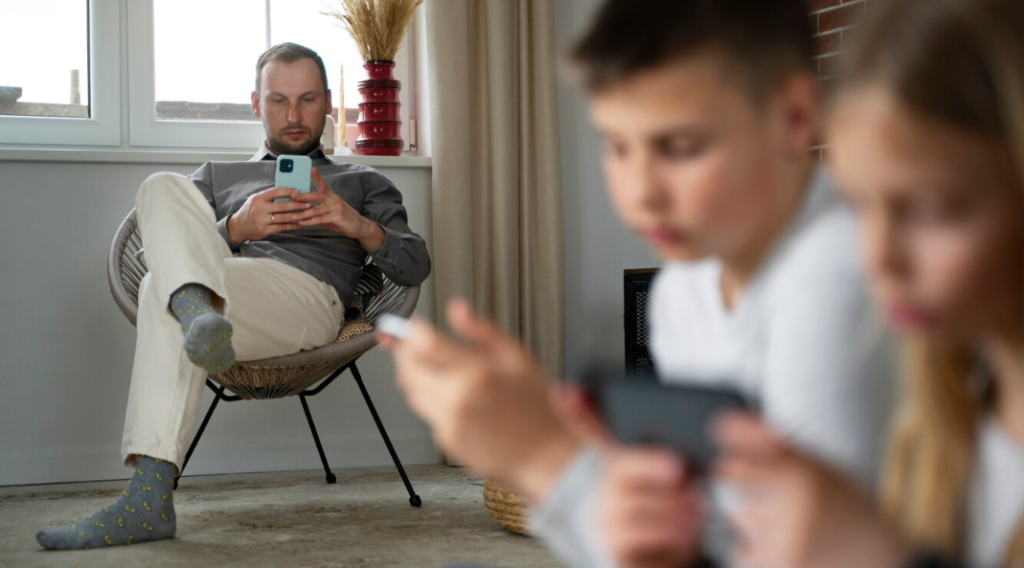In the ever-evolving world of retail, one technology is reshaping how consumers interact with brands and products: augmented reality (AR). By blending the digital and physical worlds, AR is transforming the shopping experience from passive browsing into an immersive, interactive journey. Whether online or in-store, retailers are using AR to engage customers in ways that were impossible just a few years ago.
1. Virtual Try-Ons: Shopping Without the Guesswork
One of the most popular uses of AR in retail is virtual try-on technology. With just a smartphone camera, customers can see how a pair of glasses, a lipstick shade, or even an outfit looks on them — without ever entering a fitting room.
Companies like Warby Parker, Sephora, and Nike have embraced AR try-ons to reduce return rates and improve customer satisfaction. It’s convenience meets confidence.
2. Previewing Products at Home
AR allows shoppers to visualize products in their real environment before making a purchase. For instance, furniture retailers like IKEA and Wayfair offer apps that let users place a virtual couch, table, or lamp in their living room to see how it fits and looks with their decor.
This feature bridges the gap between online and in-store shopping, giving customers more trust in what they’re buying.
3. Enhanced In-Store Experiences
Brick-and-mortar stores are also evolving thanks to AR. Interactive displays, smart mirrors, and AR-enabled kiosks add a layer of engagement to the physical shopping journey. Imagine pointing your phone at a product to instantly view customer reviews, tutorial videos, or personalized discounts.
These experiences not only draw foot traffic but also keep customers exploring longer and spending more.
4. Storytelling and Brand Immersion
AR is a powerful tool for immersive storytelling. Brands use it to create memorable experiences that go beyond selling a product. For example, beauty brands might use AR to walk users through a skincare routine using their own face, or a shoe brand might overlay an athlete’s performance tips while you try on sneakers.
These moments deepen emotional connection and brand loyalty.
5. Reducing Returns and Environmental Waste
Online retailers face a major challenge: high return rates. AR helps solve this by ensuring that customers know what they’re getting. Whether it’s the fit of clothing or the scale of furniture, visual accuracy leads to more informed purchases, reducing waste and shipping costs — a win for both businesses and the planet.
6. Challenges and Future Potential
Despite its promise, AR in retail still faces hurdles: development costs, device compatibility, and user adoption can slow progress. However, as smartphones and AR glasses become more advanced and accessible, we’re likely to see even deeper integration.
In the near future, AR shopping could become as common as using a search engine.
Conclusion
Augmented reality is more than a tech trend — it’s a retail revolution. By making shopping more interactive, personalized, and confident, AR is not only changing how we buy but also how we connect with brands. As the technology matures, the line between digital and physical shopping will continue to blur — and the customer experience will never be the same.


